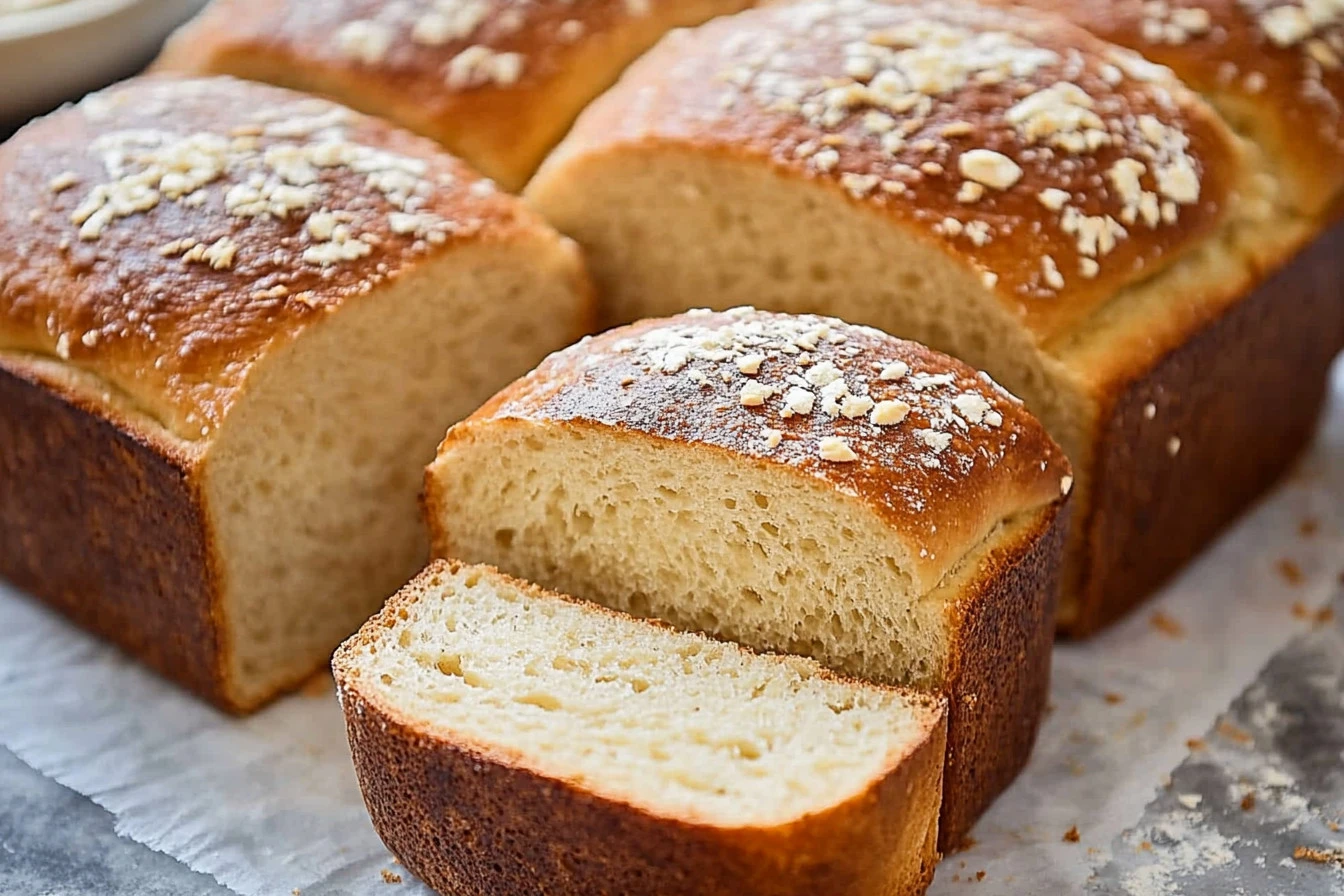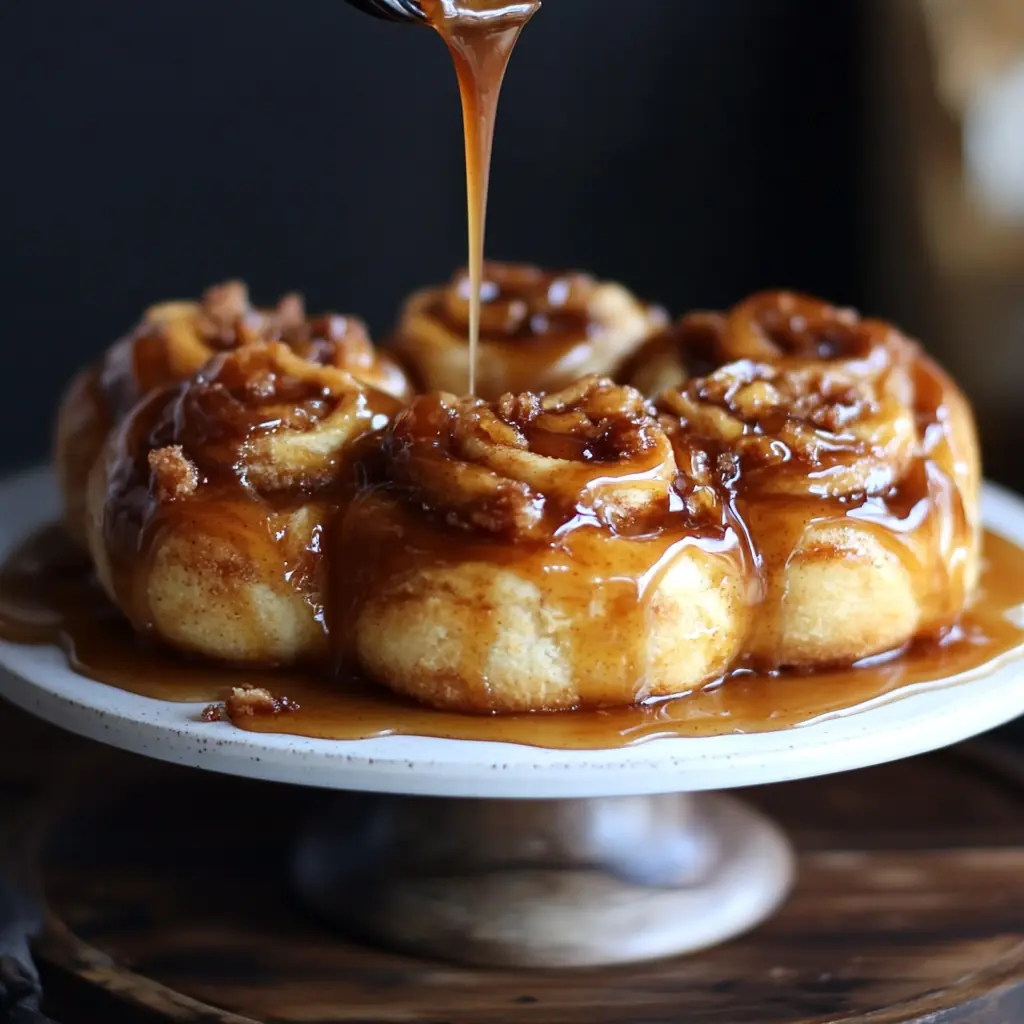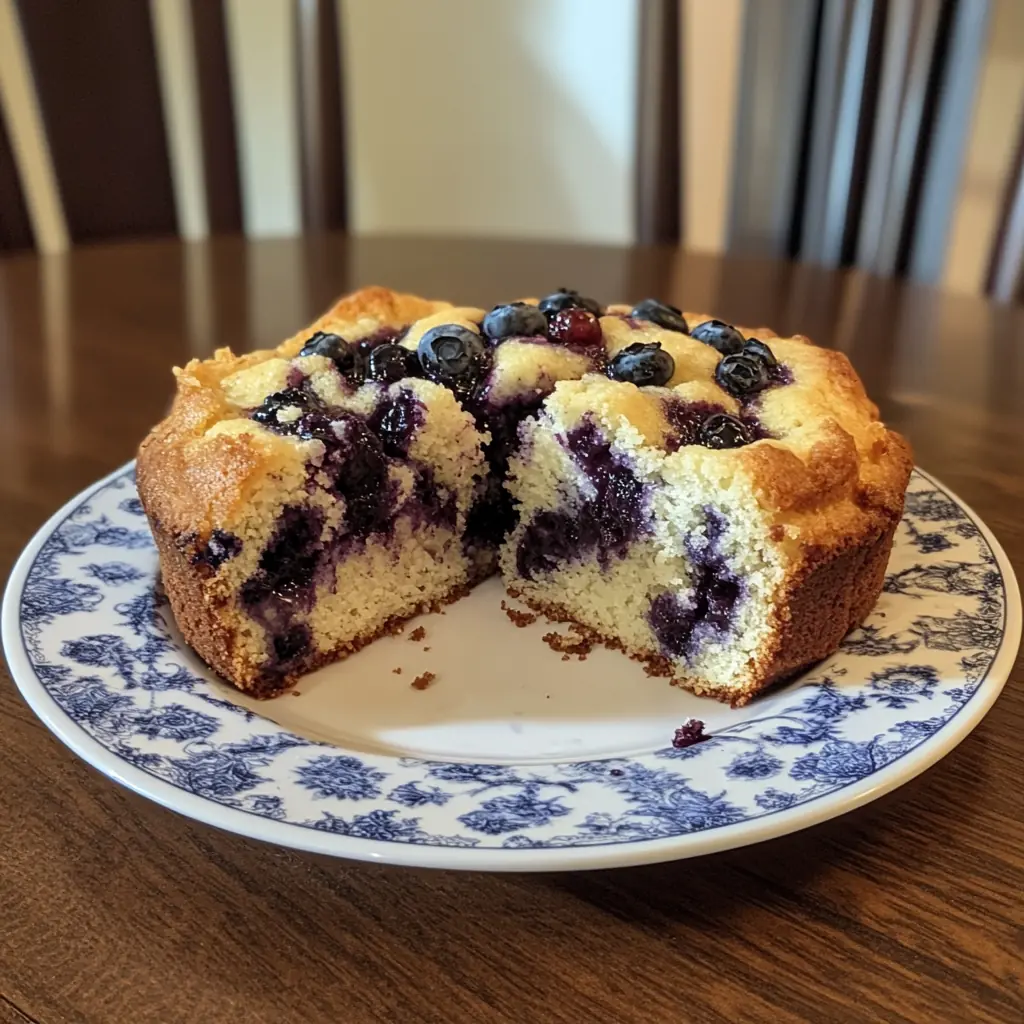Say Hello to Balanced Nutrition! Dairy-Free and Allergy-Friendly School Lunch Ideas
Table of Contents

Parents everywhere know that packing a healthy, delicious, and allergy-friendly lunch can be a challenge, especially when dealing with dietary restrictions like dairy or gluten intolerance, nut allergies, or other food sensitivities. However, that doesn’t mean your child has to miss out on balanced nutrition and tasty meals! With a little creativity and the right ingredients, you can provide school lunch ideas that are both nutritious and allergen-free, making sure that your child gets the energy and nutrients they need to power through the school day.
In this article, we’ll explore a variety of dairy-free and allergy-friendly school lunch ideas that are easy to prepare, delicious, and fun. From sandwiches and wraps to gluten-free options, this guide has everything you need to create a lunchbox full of balance and flavor.
Tasty Dairy-Free Sandwich and Wrap School Lunch Ideas
Who doesn’t love a good sandwich or wrap? They’re quick, easy to make, and versatile enough to cater to any dietary restriction, including dairy-free options. You don’t need cheese or butter to create a mouthwatering sandwich—there are plenty of tasty alternatives that will have your child looking forward to lunchtime.
For starters, consider using avocado or hummus as a spread instead of dairy-based condiments. Both provide creaminess and flavor while adding a dose of healthy fats and fiber. For a protein boost, lean meats like turkey or chicken are great choices, or you can opt for plant-based proteins such as chickpea salad or roasted veggies with tofu.
Creative Dairy-Free Sandwich Ideas:
- Avocado and Turkey Wrap: Spread mashed avocado on a whole wheat tortilla, add turkey slices, spinach, and cucumber. Roll it up for a delicious, dairy-free wrap!
- Hummus and Veggie Pita: Fill a whole grain pita with hummus, shredded carrots, cucumbers, and bell peppers for a crunchy, satisfying bite.
- Chicken Salad Lettuce Wraps: Use lettuce leaves as a wrap and fill them with a dairy-free chicken salad made with avocado or mayo alternative, grapes, and celery.
These sandwiches and wraps are not only dairy-free but packed with flavor and nutrients that will keep your child feeling full and satisfied until the end of the school day.
Allergy-Friendly School Lunch Ideas That Won’t Compromise Nutrition

Maintaining balanced nutrition in an allergy-friendly lunch is entirely possible with the right ingredients. One of the key elements is to ensure you include all the essential food groups: protein, carbohydrates, healthy fats, and plenty of fruits and vegetables.
For allergy-friendly lunches, consider lean proteins like grilled chicken, turkey, or plant-based proteins such as lentils or chickpeas. Swap out common allergens like nuts with seeds, such as sunflower or pumpkin seeds, which offer similar crunch and nutrient profiles. Whole grains like quinoa, brown rice, or gluten-free wraps can replace traditional bread or pasta.
Allergy-Friendly Lunchbox Ideas:
- Quinoa Veggie Bowl: Quinoa is a protein-packed, gluten-free grain that pairs perfectly with roasted vegetables, beans, and a drizzle of olive oil or a dairy-free dressing.
- Egg Salad with Veggie Sticks: Make an egg salad using vegan mayo and pack it with crunchy veggie sticks like cucumber, celery, and carrots.
- Gluten-Free Turkey Roll-Ups: Use gluten-free wraps to make turkey roll-ups filled with spinach, avocado, and roasted peppers.
These options offer a variety of textures and flavors while ensuring your child’s lunch is free from allergens like dairy, nuts, and gluten.
How to Pack Nutritious, Allergen-Free School Lunches Kids Will Love

Packing a nutritious, allergen-free school lunch that excites your child can seem daunting, but it’s all about presentation and variety. Including different textures, flavors, and colors can make even the simplest meal feel more exciting.
Bento-style lunchboxes are a fun way to pack different small portions of various foods. You can fill one compartment with protein, another with fruits or veggies, and a third with a fun dairy-free snack. For instance, you could pack grilled chicken skewers with a side of sliced fruit and a small container of sunflower seed butter for dipping.
Creative Packing Tips:
- Use Fun Shapes: Cut sandwiches, fruits, or veggies into fun shapes using cookie cutters. This is especially appealing to younger children.
- Offer Dipping Sauces: Kids love dipping! Include a dairy-free ranch or hummus for dipping veggies or crackers.
- Mix and Match: A variety of small items like grapes, cherry tomatoes, seed-based granola, and dairy-free cheese can make for an exciting lunch.
By making the meal visually appealing and offering a range of flavors, you can encourage your child to try new foods and enjoy their allergen-free lunch without feeling like they’re missing out.
School Lunch Ideas Without Dairy or Gluten: A Guide for Health-Conscious Families

For families managing multiple dietary restrictions, finding school lunch ideas that are both dairy-free and gluten-free can feel like a juggling act. Fortunately, there are plenty of delicious options that cater to both requirements, ensuring your child gets the nutrients they need.
Gluten-free grains like rice, quinoa, and gluten-free oats are excellent bases for many meals. You can make a simple rice bowl with grilled chicken, sautéed veggies, and a dairy-free dressing, or whip up a quinoa salad with beans, avocado, and corn.
Dairy-Free and Gluten-Free Lunch Ideas:
- Sweet Potato and Black Bean Tacos: Use corn tortillas (naturally gluten-free) and fill them with roasted sweet potatoes, black beans, and a dairy-free salsa.
- Rice and Veggie Stir-Fry: Brown rice paired with stir-fried veggies and tofu makes a delicious and filling gluten-free meal.
- Gluten-Free Pasta Salad: Toss gluten-free pasta with cherry tomatoes, cucumbers, olives, and a vinaigrette for a refreshing lunch.
These meals are simple to prepare and perfect for health-conscious families looking to provide their children with balanced, allergen-free nutrition.
Fun and Filling Dairy-Free and Allergy-Friendly Lunchbox Ideas for Kids

Lunchtime should be something your child looks forward to, and packing a lunch that’s both fun and filling can make all the difference. When it comes to dairy-free and allergy-friendly options, it’s important to offer a mix of familiar favorites and new flavors.
Try to make lunch feel like a mini adventure! Bento boxes, skewers, and wraps are all fun ways to present food that also make it easy for kids to eat. You can create colorful fruit kabobs with a mix of berries, apple slices, and grapes or make sandwich pinwheels using gluten-free wraps and turkey.
Fun Lunchbox Ideas:
- Rainbow Veggie Skewers: Alternate cherry tomatoes, cucumber, bell peppers, and carrots on skewers for a colorful veggie treat.
- Fruit and Yogurt Parfait: Use dairy-free yogurt layered with fresh fruits and a sprinkle of gluten-free granola.
- Taco Bento Box: Pack all the components of tacos—lettuce, grilled chicken, salsa, and gluten-free tortilla chips—in separate compartments for a fun DIY taco lunch.
By offering variety and making lunch interactive, you can turn even a dairy-free, allergy-friendly meal into something your child will love.
Conclusion
Creating school lunch ideas that are dairy-free and allergy-friendly doesn’t have to be a chore. With a little creativity and a focus on balanced nutrition, you can provide your child with lunches that are safe, delicious, and exciting. From tasty sandwiches to colorful bento boxes, these meals will keep your child energized and ready to tackle the day. So say hello to balanced nutrition and goodbye to lunchbox stress—your kids are going to love what you pack!
FAQs
1. What are some good dairy-free alternatives for school lunches?
Great dairy-free alternatives include avocado, hummus, or vegan cheeses as substitutes for butter and cheese. Coconut yogurt, almond milk, and seed-based spreads like sunflower seed butter are also fantastic options.
2. How can I make sure my child’s lunch is balanced without using dairy?
A balanced lunch includes a mix of protein, whole grains, healthy fats, and fruits or veggies. For protein, use lean meats, beans, or plant-based options. Add whole grains like quinoa or brown rice, and include plenty of fresh fruits and vegetables.
3. What’s a good substitute for peanut butter in an allergy-friendly lunch?
Sunflower seed butter, tahini, or soy nut butter are great peanut butter alternatives that are allergy-friendly and safe for schools with nut restrictions.
4. Can gluten-free and dairy-free lunches still be nutritious?
Absolutely! Using gluten-free grains like quinoa or brown rice, along with dairy-free protein sources like chicken, tofu, or beans, ensures that your child gets all the nutrients they need.
5. How do I keep allergy-friendly lunches exciting for my child?
Variety is key! Use fun shapes, vibrant colors, and different textures to keep lunches exciting. Bento boxes, wraps, and skewers can make meals interactive and enjoyable.






